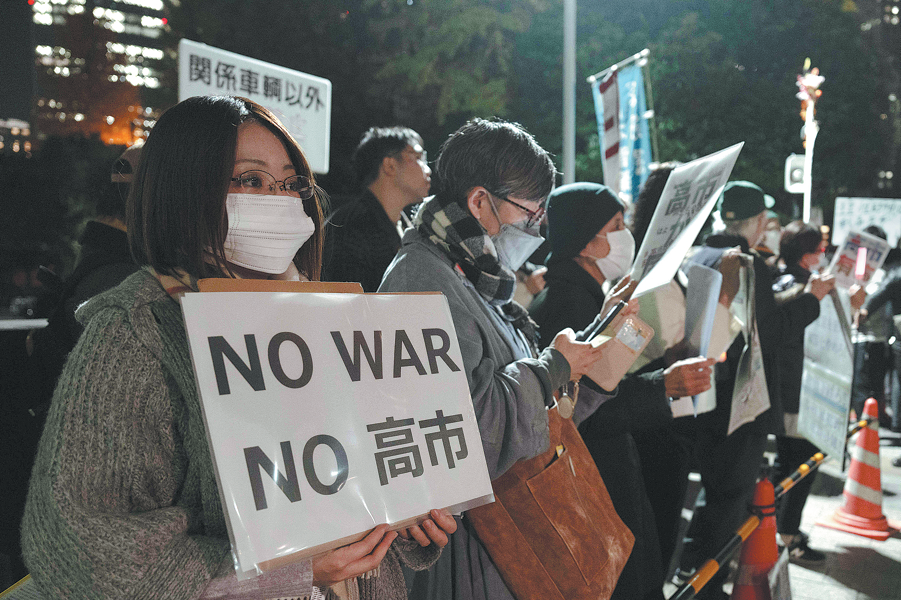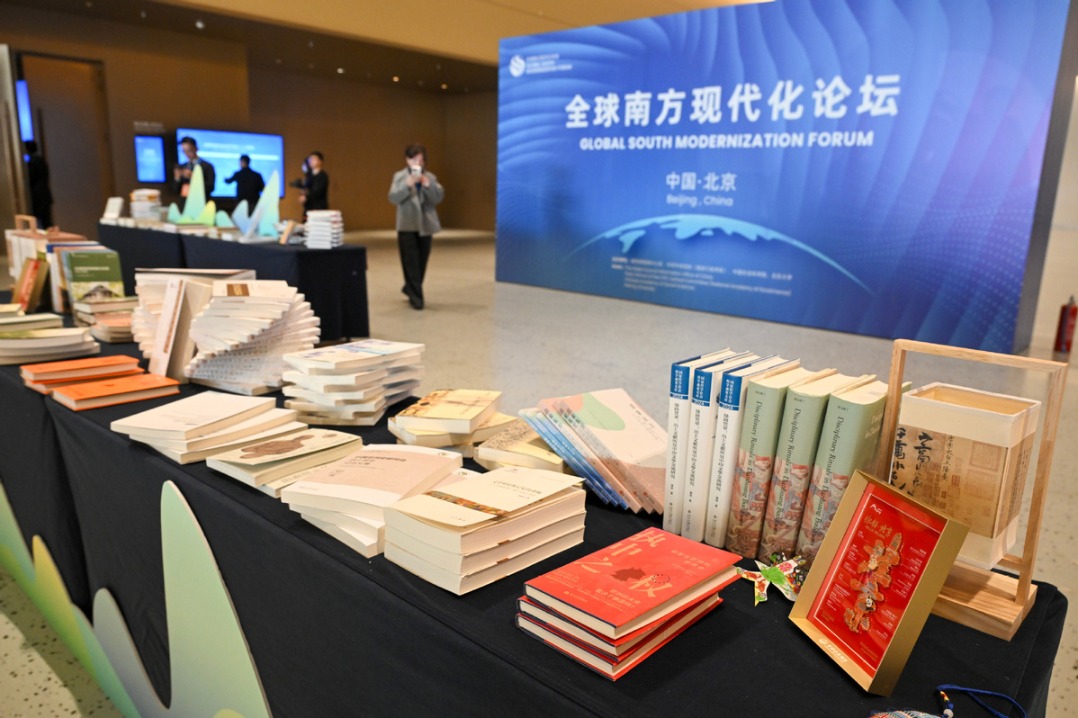River cities' common origins celebrated by Our Water
Tribute to cultural connection between Shanghai, London

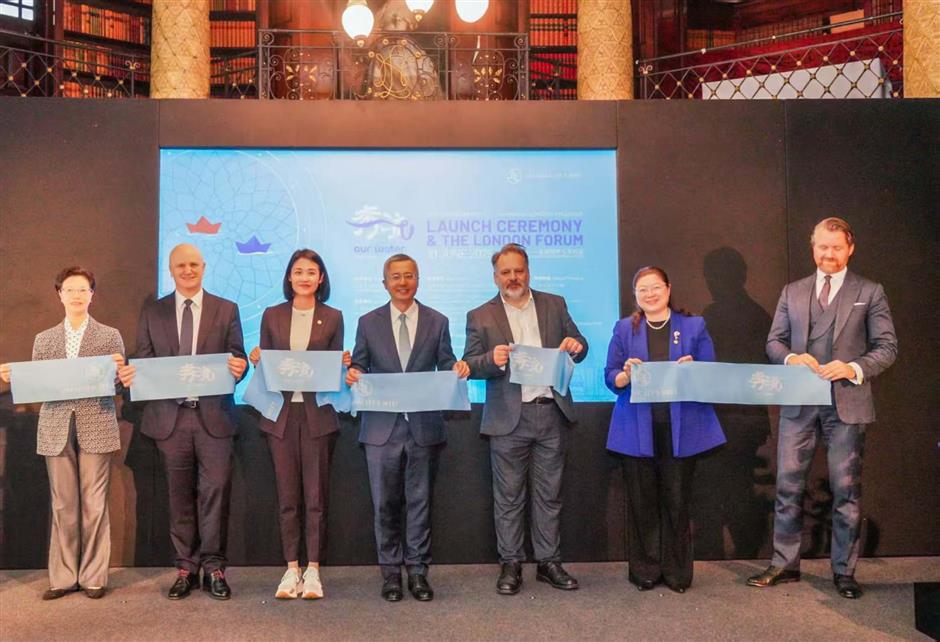
Waterfront development, cultural exchange and sustainable growth were just some of the issues highlighted as ways of strengthening relations between China and the United Kingdom at the Our Water Shanghai-London dialogue in the UK capital last week.
Leaders in urban planning, finance and the creative industries were among an audience of 140 guests from both countries at the ceremony to open the six-day event, which used the cities' common connection with their rivers, the Huangpu River and the Thames, as a symbol of continuity and development.
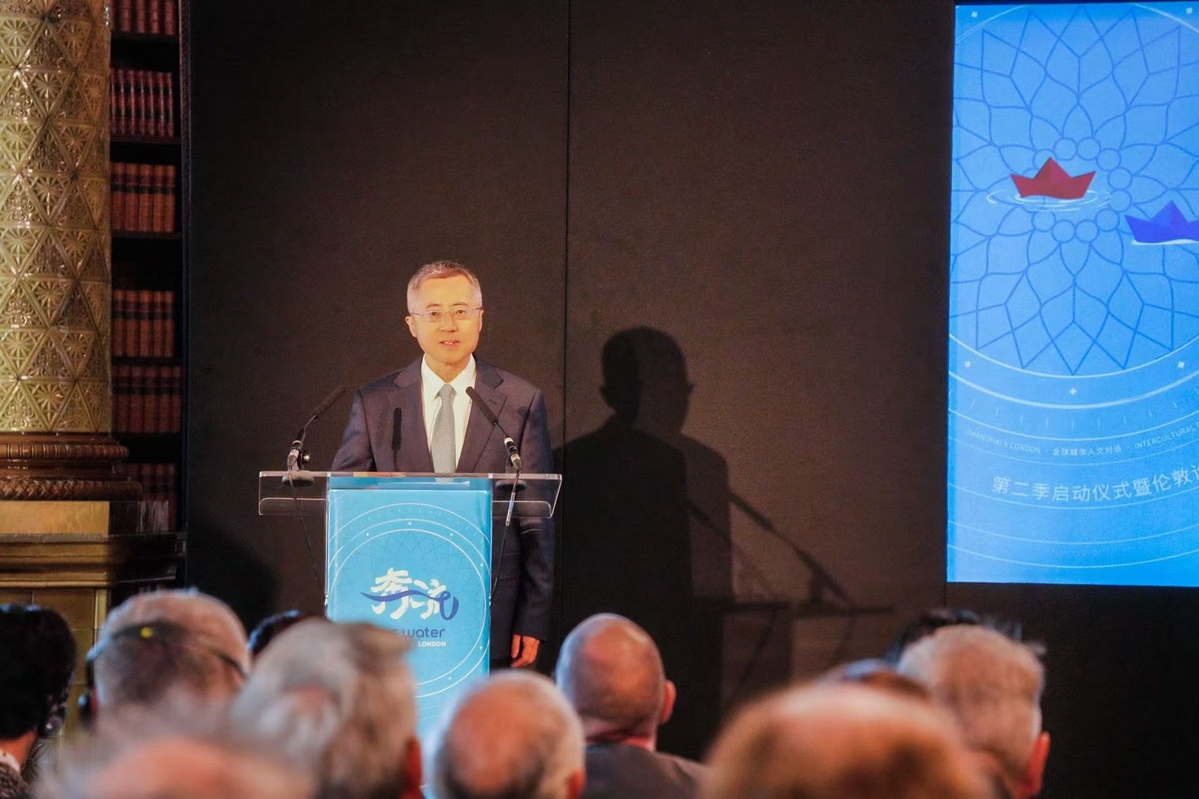
In his opening address, Wang Qi, minister at the Chinese Embassy in the UK, hailed the close ties between the two cities and countries, saying that he hoped their common origins could play a part in an even closer future.
"From the Suzhou Creek to the River Thames, from the Bund to the City of London, both China and London owe their lives to water, their prosperity to ports, and their vitality to cultural innovation", he said.
"Today's event is not only an exchange between two cities, but also a meaningful cultural interaction towards a better future. History tells us that water is the soul of a city, a language and a civilization. The Huangpu River has borne witness to China's journey of opening-up, while the Thames has nurtured Britain's path to modern prosperity. The rivers have shaped these two cities known for openness, inclusivity and diversity, and also two shining examples of sustainable development driven by continuous innovation."
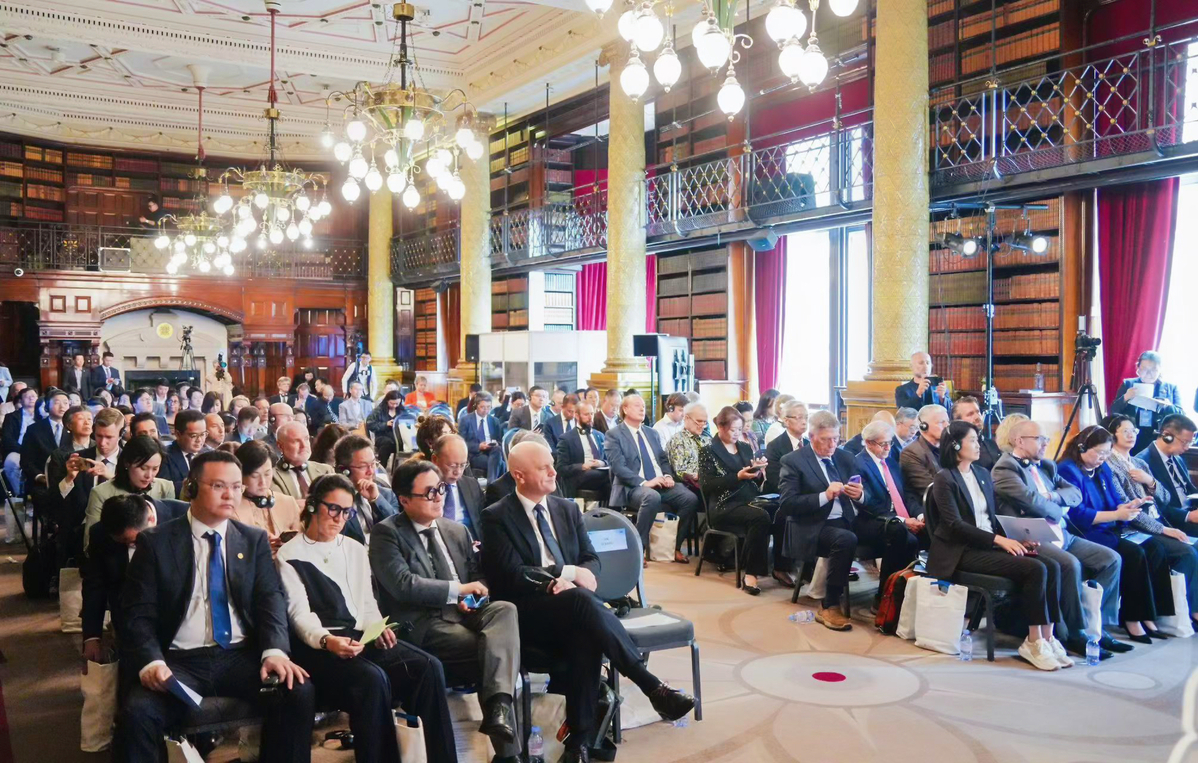
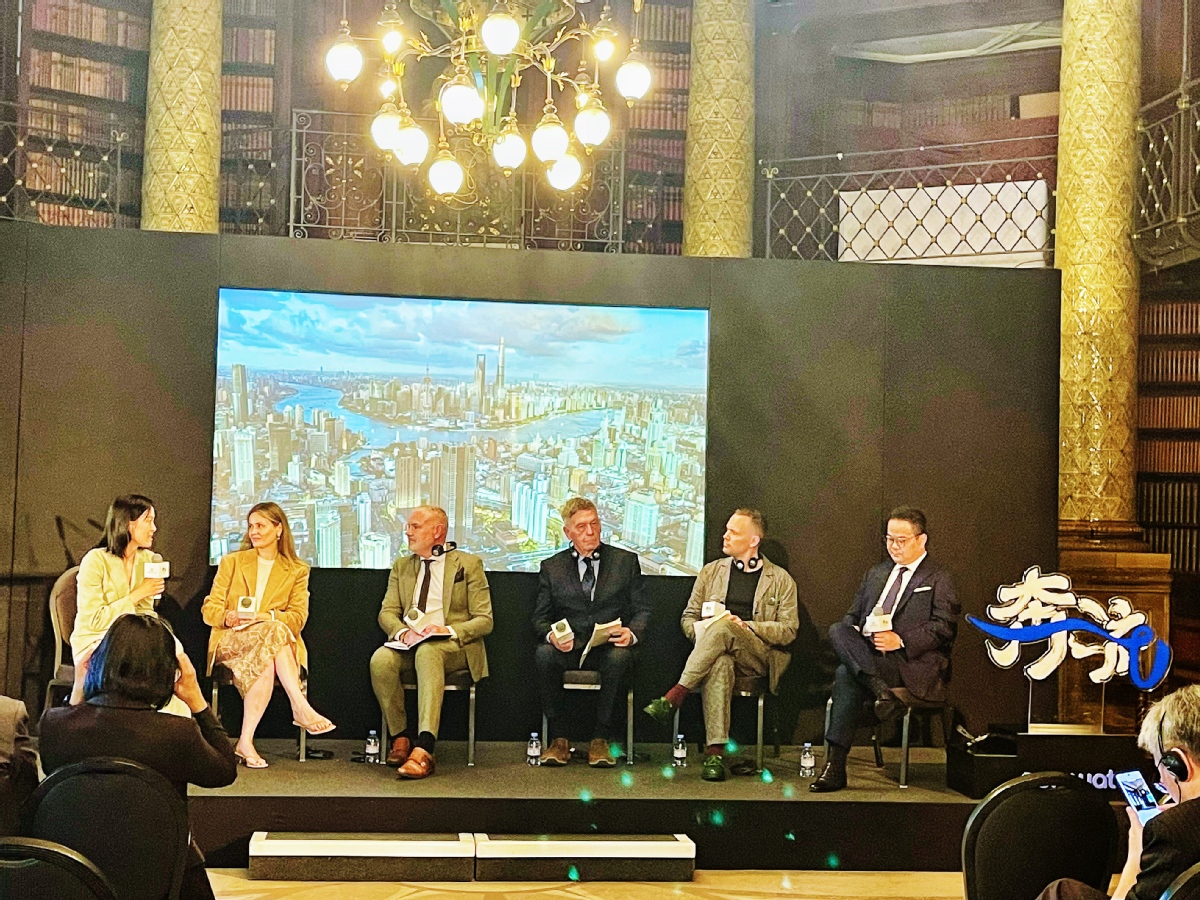
Shanghai Jing'an District Deputy Governor Yang Yi and Deputy Mayor of London Howard Dawber, together with Nick Small, representing the local authorities of Shanghai's twin city Liverpool, jointly issued the Global Waterfront Development Initiative, which aims to promote the transformation of waterfronts into ecological and cultural complexes meeting sustainable development goals set by the United Nations.
In addition, the Museum of Contemporary Art Shanghai signed a long-term agreement with Goldsmiths, University of London to collaborate on exhibitions, artist residencies, and academic exchange.

The partnership began instantly with the Shanghai museum's Codes of Tides exhibition, fusing technology and art, taking at London's Troy House Foundation as part of London Tech Week.
Wang quoted UK statistics saying that more than 455,000 UK jobs were dependent upon exports to China, and praised the role of academic exchange in deepening this connection.
"People-to-people exchanges are the foundation of relations between countries," said Wang, highlighting increased academic research collaboration and pointing out how the UK was one of just six countries to be allowed access to moon rock samples brought back by the Chang'e 5 space mission.
"There are 200,000 Chinese students in the UK, and over 12,000 UK students go to China each year for long or short-term study," he added. "Young people are not only key participants in cultural interactions but goodwill ambassadors promoting mutual understanding."
Dawber has previously said how, as trading river cities, Shanghai and London "share the same DNA", and in his speech said London owed China thanks for helping build its prosperity through trade.
"River and port cities, by their very nature, look outwards, to other places round the world, and are open to new ideas, to people and to trade," he explained. "They have a positive view of collaboration and engagement, and I certainly got that impression on my visit to Shanghai in March."
Despite the ups and downs of 200 years of politics, he added, relations between the cities and countries had stayed strong, which he took as a positive sign for the future.
"(Our Water), which is primarily about cultural exchange, dialogue and engagement, is a fantastic example of how we can work together as cities," he added. "We have a lot more in common than we do in difference, but where we do have differences… where we can learn from each other and exchange the fantastic culture of our cities, that is where the real excitement comes."
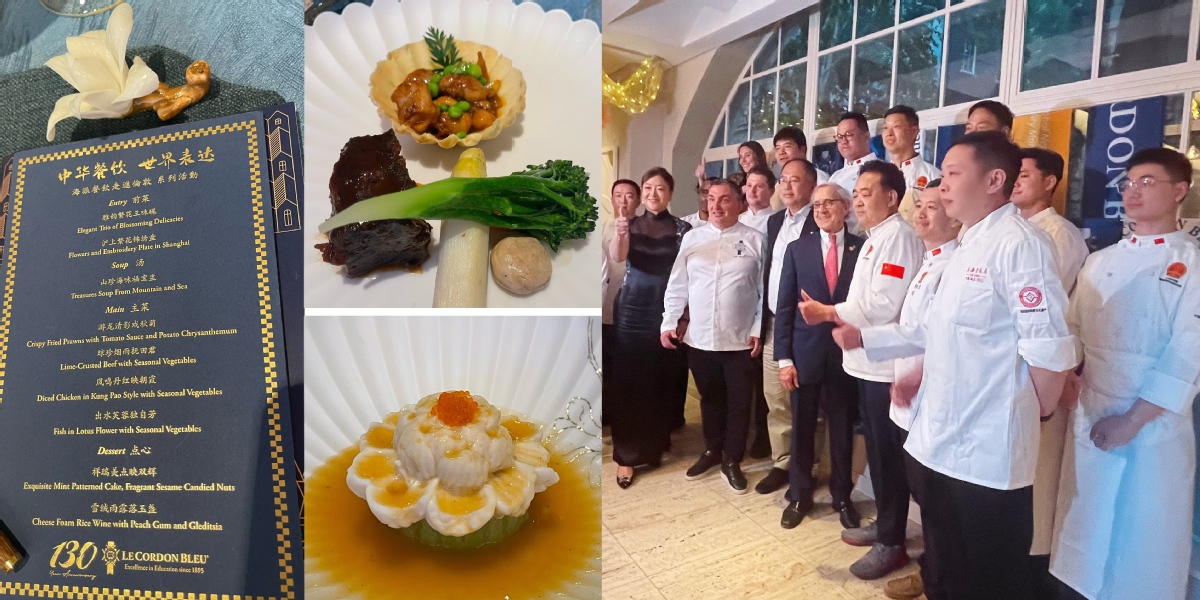
Other elements of Our Water included a Chinese-cooked dinner at London's CORD by Le Cordon Bleu restaurant, an exhibition about the history of the Huangpu River, and a display of coins and medals from Shanghai's historic Mint held at the site of the old Royal Mint in London.
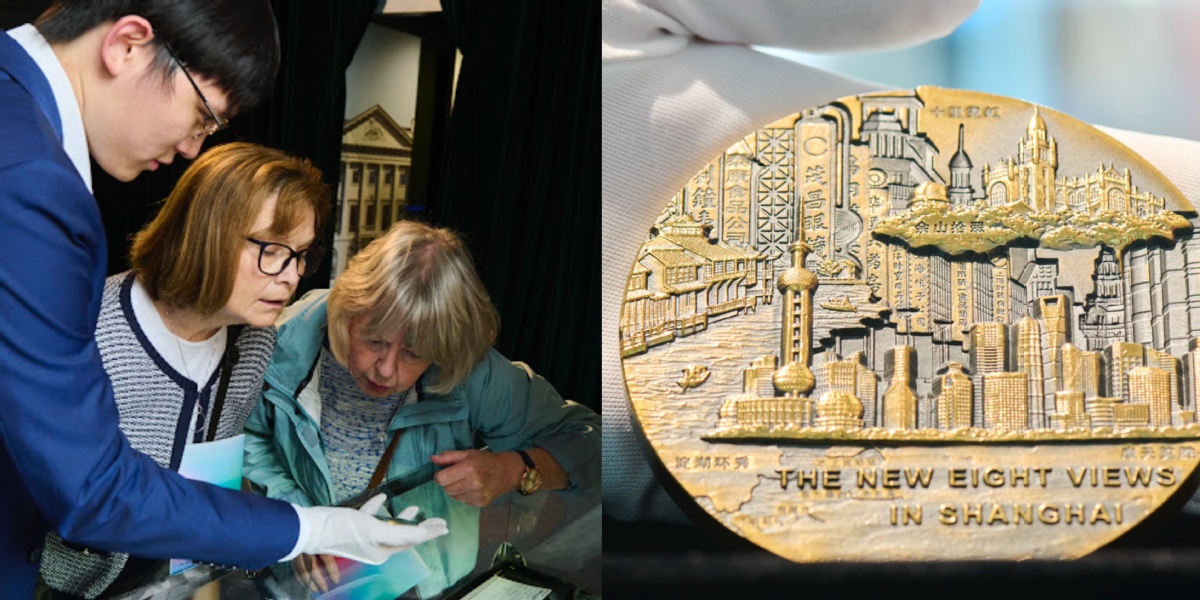
Exhibition curator Pearl Wang Haoqing, an associate professor at Shanghai Jiao Tong University's Institute of Cultural and Creative Industry, said the 105 pieces of crafted metalwork had been chosen to celebrate the 105 years of the Shanghai Mint's operation.
"We are standing at the turning point from a metal (currency) age to the digital age, and maybe the next generation won't know what coins are, because they're never used them, so that's why we think it's important to showcase the cultural value of coins, as a media to collect our memories… coin making is a very artistic job, so the exhibition is to connect the culture and the creativity," she explained.
The exhibition is divided into 12 themed cases, with designs on display including the Chinese zodiac, Spring Festival and sporting milestones, and not just coins, but also commemorative medallions, each acting as a physical embodiment of something that is part of the collective memory.
Both the Shanghai and old Royal Mints stand on their banks of their city rivers, and Wang said that coins are the ideal representation of what the Our Water program is about.
"The title of this exhibition is Coin-ect, so it is about coins, and also about connection," she explained. "I think water connects us, and also the coin does the same - connecting the past and the future, helping us to understand history and appreciate what is coming."

















